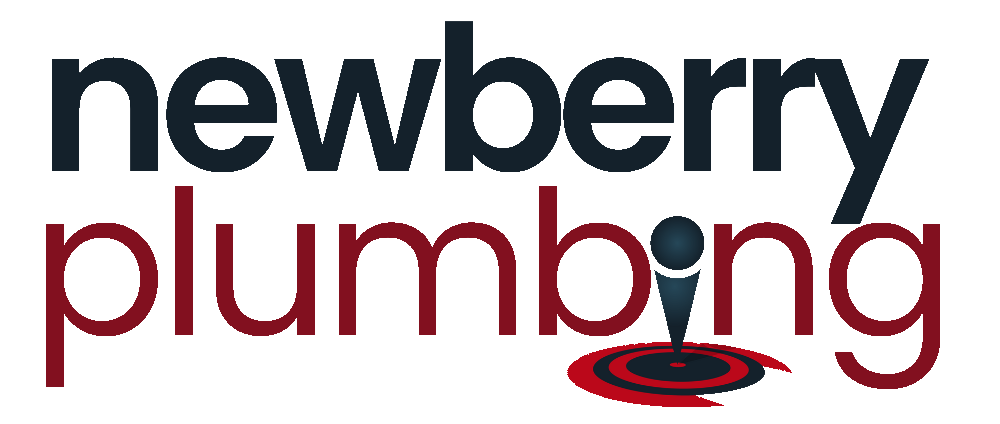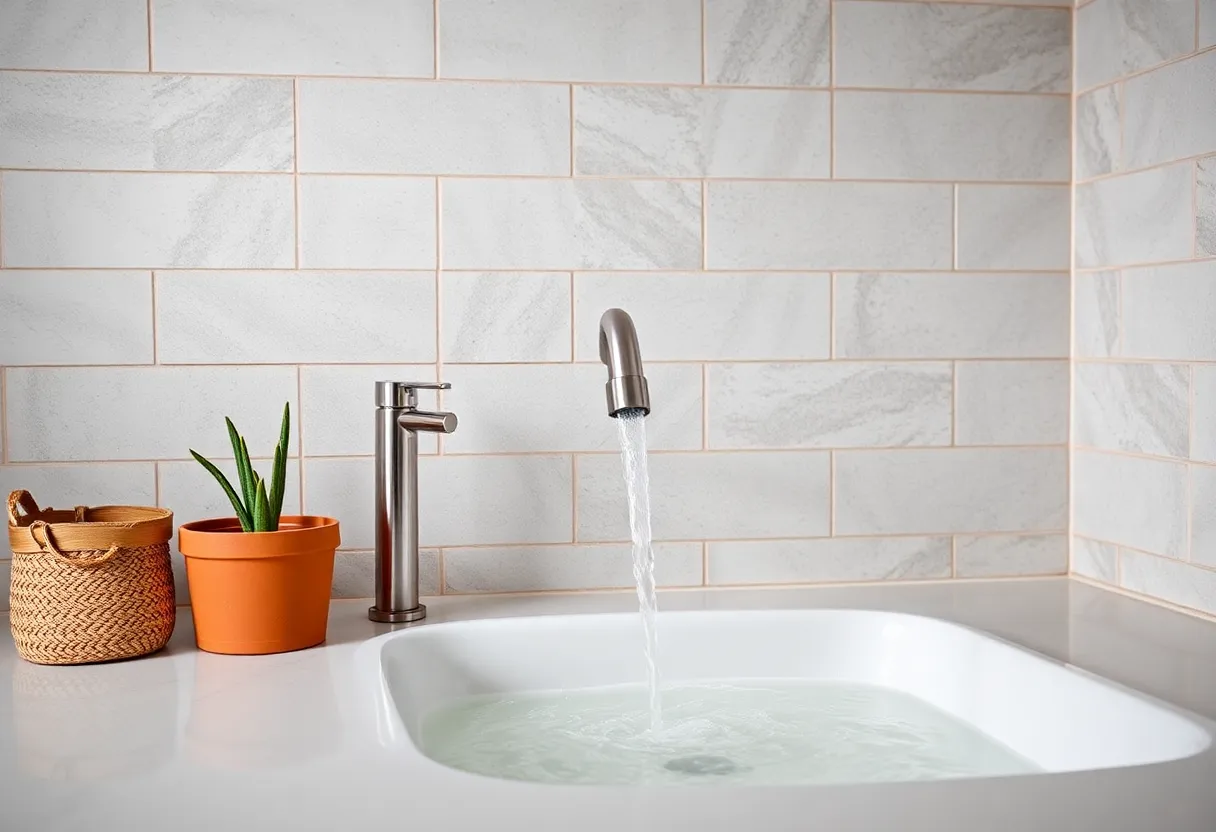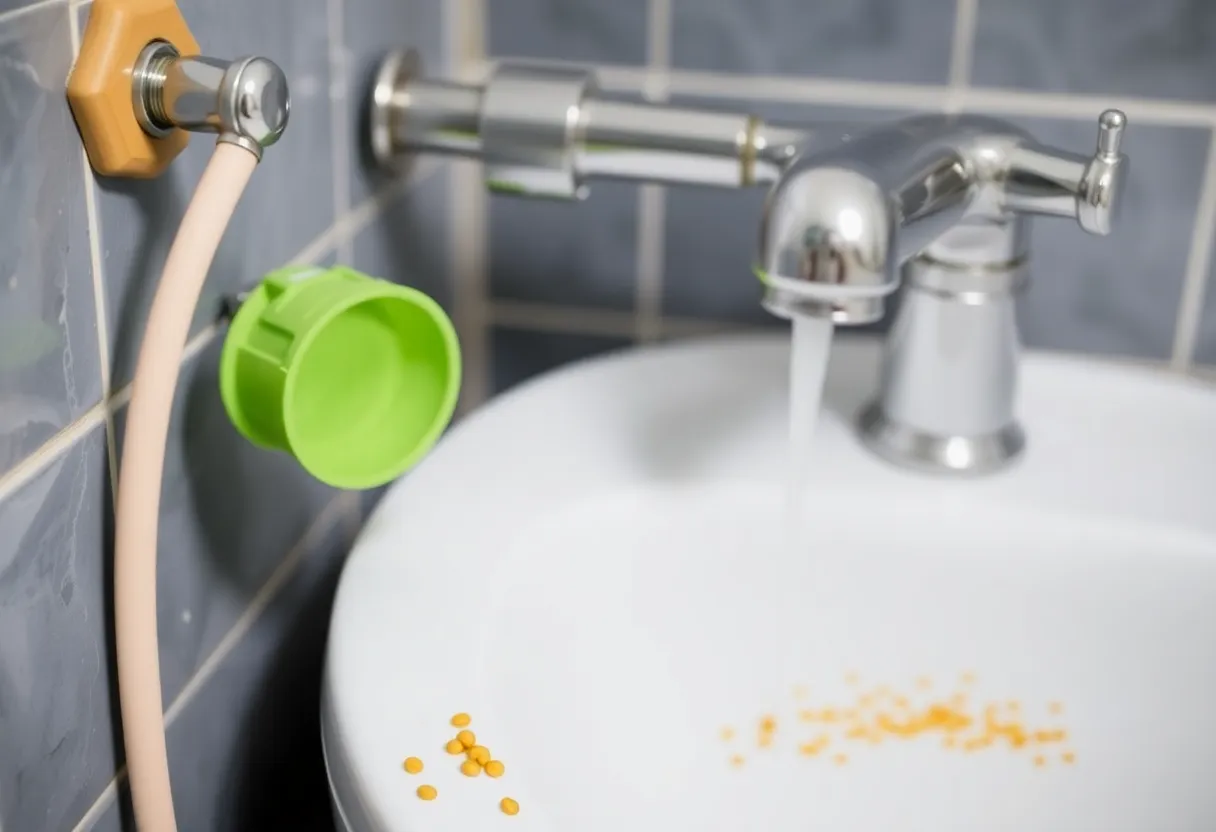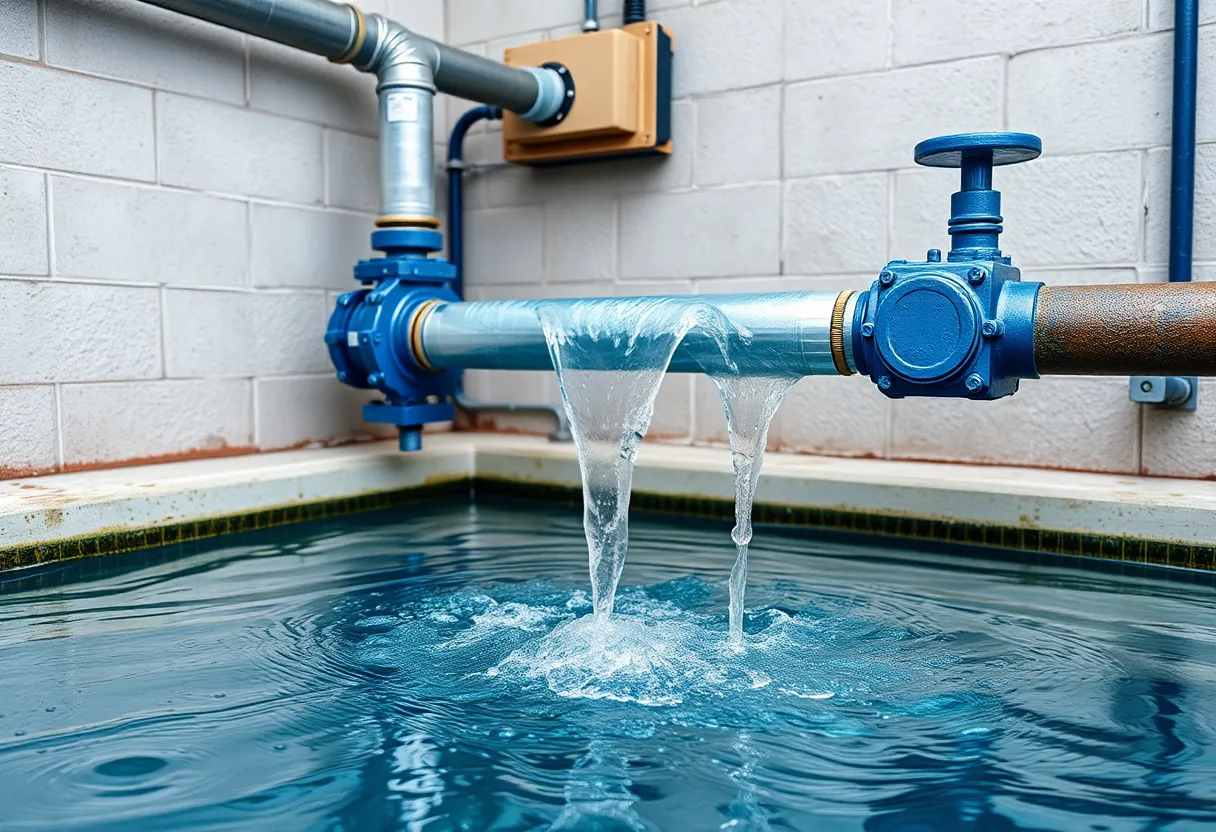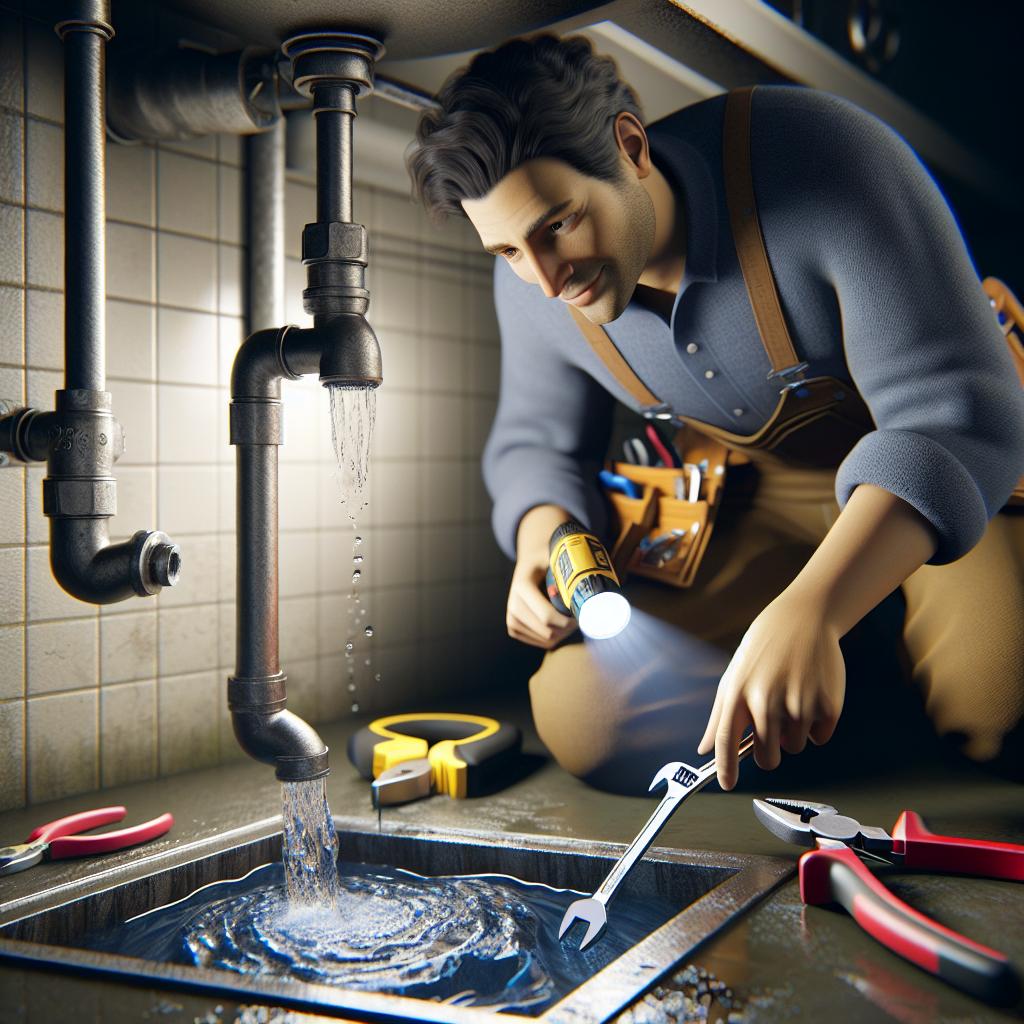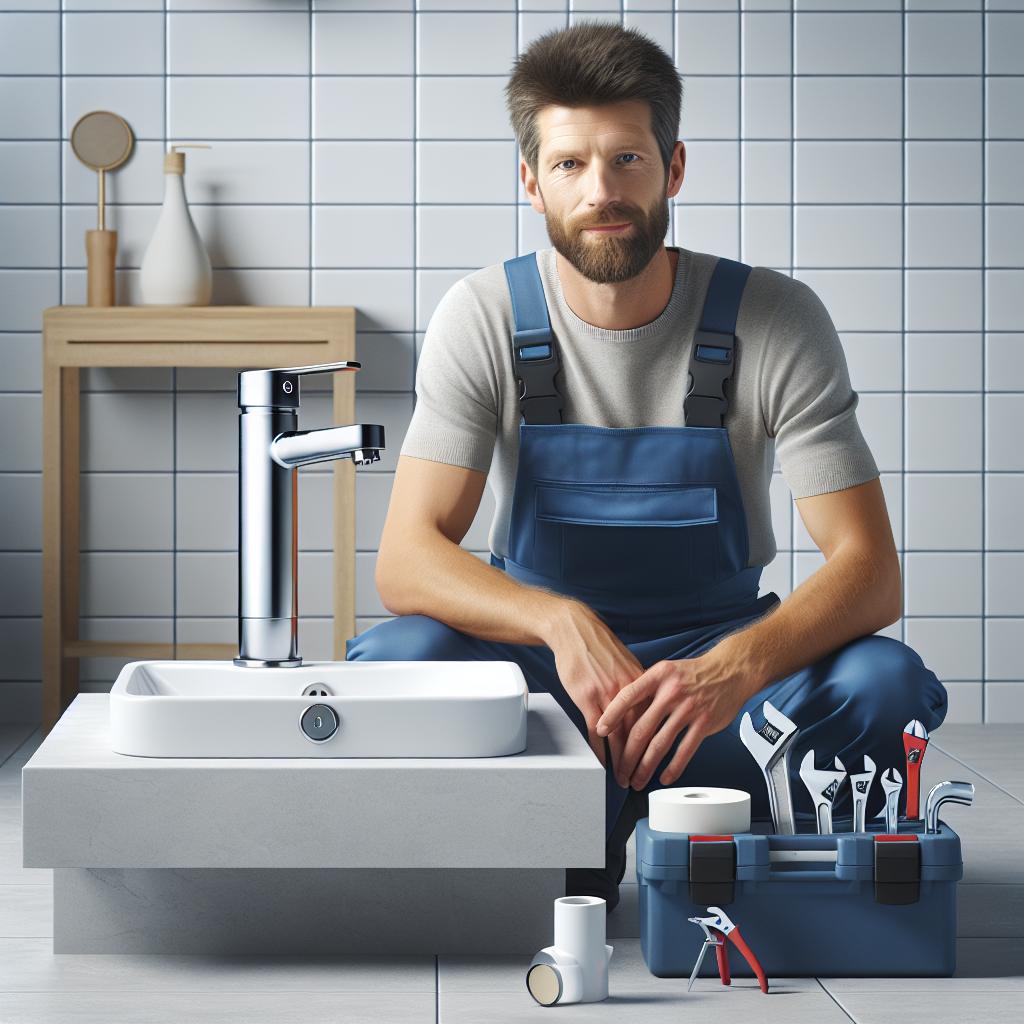The Plumbing Checklist: 10 Essential Upgrades to Improve Your Home’s Water Efficiency
Water efficiency in your home not only conserves precious resources but can also lead to significant savings on your water bills. With a variety of upgrades available, it can be challenging to determine where to start. Here’s a comprehensive checklist with ten essential upgrades that can dramatically enhance your home’s water efficiency. Let’s dive into these upgrades and explore how each can contribute to a more sustainable living environment.
1. Install Low-Flow Fixtures
One of the simplest yet most effective upgrades you can implement is to replace your existing fixtures with low-flow alternatives. This includes faucets, showerheads, and toilets. Low-flow faucets and showerheads can reduce water usage by as much as 30-50%, while low-flow toilets typically use only 1.28 gallons per flush compared to the standard 1.6 gallons. These installations not only save water but also help decrease your energy bill since less hot water is used.
2. Upgrade to a High-Efficiency Washing Machine
Your washing machine is one of the largest consumers of water in your home. Upgrading to a high-efficiency washing machine can save hundreds of gallons of water each year. These machines use up to 50% less water than traditional models and can substantially lower your energy costs as well. Look for washing machines that are ENERGY STAR certified, as they meet specific water and energy efficiency criteria.
Why Choose High-Efficiency Models?
- Reduced water consumption
- Lower energy usage
- Advanced features such as load sensing technology
3. Fix Leaks Promptly
Ignoring leaks is not an option if you want to improve your home’s water efficiency. Even a small leak can waste over 10,000 gallons of water per year. Regularly check for leaks under sinks, in toilet tanks, and around appliances. Promptly fixing any leaks can lead to significant water savings and lower your utility bills.
Simple Leak Detection Tips
- Check your water meter before and after a two-hour period when no water is being used.
- Look for signs of moisture or water stains on walls and ceilings.
- Listen for constant dripping sounds.
4. Optimize Irrigation Systems
Outdoor watering practices can greatly impact your home’s water efficiency. Consider optimizing your irrigation system to use water more effectively. This includes installing drip irrigation, which delivers water directly to the plant roots, minimizing evaporation. Additionally, use smart controllers that adjust the watering schedule based on local weather conditions.
Consider the Following for Your Irrigation System:
- Rain sensors to prevent watering during rainfall.
- Soil moisture sensors to ensure you’re watering when ultimately required.
- Adjustable sprinkler heads to target specific areas.
5. Choose Native Plants for Landscaping
Landscaping with native plants can significantly reduce water consumption. Native plants are adapted to local climates and require less water, fertilizers, and pesticides. By transitioning to a native garden, not only will you create a sustainable environment, but you will also save on water during the warmer months.
6. Insulate Hot Water Pipes
Insulating your hot water pipes can lead to more significant energy and water savings. When hot water pipes are insulated, the water heats faster, and you’ll use less water while waiting for it to warm up at the tap. This upgrade can reduce water waste and lower your energy bills. Pipe insulation is generally an easy and affordable DIY project, making it accessible for most homeowners.
7. Install a Rain Barrel
Collecting rainwater in a rain barrel is an excellent way to conserve water for irrigation purposes. By harnessing this natural resource, you can reduce your dependence on municipal water for garden and lawn watering. Rain barrels can hold hundreds of gallons of water, providing an ample supply for outdoor use.
Benefits of Rain Barrels:
- Reduces stormwater runoff
- Provides a free source of water for plants
- Decreases water costs during dry seasons
8. Upgrade to a High-Efficiency Dishwasher
Modern dishwashers are now designed to use much less water than older models. A high-efficiency dishwasher can save up to 5,000 gallons of water annually and uses less energy per load when compared to washing dishes by hand. Look for models that are ENERGY STAR rated to ensure maximum efficiency.
9. Consider a Tankless Water Heater
A tankless water heater provides hot water on demand, eliminating the need for a storage tank. This system can save water by reducing the time it takes for hot water to reach your faucet. Since water isn’t being constantly heated in a tank, you’ll not only improve water efficiency but also save energy. Tankless water heaters are more compact and can provide a continuous supply of hot water, making them a popular choice for many homeowners.
10. Educate Household Members
Finally, educate all members of your household about the importance of water conservation. Encouraging them to take shorter showers, turn off the tap while brushing their teeth, and report leaks can all contribute to improved water efficiency across your home. It’s crucial to create a culture of mindfulness regarding water usage within your family.
Water Conservation Awareness Tips:
- Post reminders in bathrooms and kitchens.
- Organize fun challenges to track water savings.
- Incorporate water-saving habits into daily routines.
Conclusion
Improving your home’s water efficiency is a vital step toward sustainability and cost savings. With these 10 essential upgrades, you can significantly reduce water waste, lower your utility bills, and contribute to better environmental practices. Remember, every drop counts, and by making these improvements, you’re not just enhancing your home—you’re helping to preserve our most precious resource for future generations.
FAQs
What are low-flow fixtures and how do they help?
Low-flow fixtures reduce the amount of water used in faucets, showerheads, and toilets, often by 30-50%, which saves water and reduces energy bills.
What is the benefit of upgrading my washing machine?
High-efficiency washing machines use up to 50% less water than traditional models, leading to significant water and energy savings.
How can I detect leaks in my plumbing?
Check your water meter before and after a period of no water use, look for moisture or stains, and listen for dripping sounds.
What is a rain barrel used for?
A rain barrel collects rainwater for irrigation, reducing dependence on municipal water and conserving water resources.
How can I educate my family about water conservation?
Post reminders, hold challenges, and integrate water-saving habits into daily routines to create a culture of water conservation in your home.
